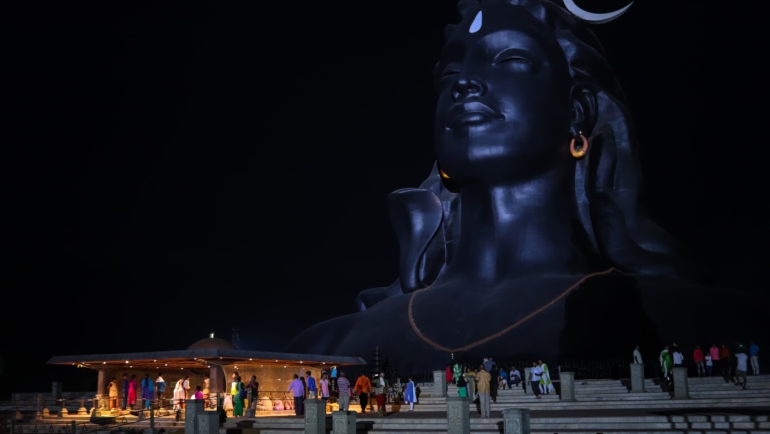Mysticism is when someone has a special experience that makes them feel connected to everything in the world. It’s something that happens to some people, but we don’t really know why. Even though some people try techniques to have this experience, it can still happen unexpectedly. When someone have this experience, they feel like they are not separate from the world but a part of it. They also feel like everything that has happened was meant to be and is all connected. Mysticism is not a philosophy or a theory that someone has made up. It’s a unique and unpredictable feeling that some people have. Some religions also talk about this idea of everything being harmonious, but it can’t be forced or made to happen by just believing it. When someone has a mystical experience, it can be so powerful that they want to tell everyone about it and sometimes even start a new religion.
This is likely the first attempt to explain mystical experiences with evolutionary elements. There are two evolutionary elements: genetic mutation and genetic drift. Both OOA models back my view. Morphological changes in the human species also support it. The results of these arguments include that sapiens is not a new species but a race of hominids. Further, this is likely the first attempt to explain human evolution through mystical experience. Both are questions for science that have no connection to each other, but to me, they are answers to each other.
So far, the explanations have been mainly religious or philosophical (perennialist, constructionist or contextualist). Psychedelic experiences have been used once to explain human evolution. This led to the so-called Stoned Ape Theory, created by Terence McKenna. Although both connect evolution and the human psyche, the theories are far apart. The reason is that psychedelic experiences lack the characteristics that could reveal their organic connection to humans and thus disclose their primary causes. While I don’t think McKenna’s theory is correct, he did understand that altered states of consciousness and early human history are somehow connected. Mystical experience differs from psychedelic experience in some significant ways, which is why it is worth exploring.
Mystical experiences sound like a general term for various unexplainable sensations, although it refers to one specific psychic phenomenon. The confusion arises because no one has described it clearly and definitively. The difficulty in understanding it has valid grounds. W.T. Stace, who studied it carefully, had not experienced it himself but wrote an entire book trying to tell it. Even he did not reach a reasonable conclusion. What has been said about it can be summarised as follows: the experience is quite vague and positive and changes people’s attitude towards themselves and their environment. The more explanations arise, the more controversial the phenomenon becomes. Perhaps the most important would be to recognise the phenomenon’s existence. The experience has many witnesses, but its deniers are many more.
Factors affecting the recognition of the experience
Acceptance of rare experiences firstly means accepting that people are also different in their mental abilities. This is difficult for science, especially as it only applies to a few exceptional individuals. However, science also includes the ability to explain exceptions. They are often considered mistakes, but mystical experiences cannot be defined that way. If they were, religions would also have to be described as incorrect since they are based on mystical experiences. Some representatives of science may agree with this, but certainly not all. In addition to religion, mystical experience also significantly impacts culture and art, which would also have to be defined similarly. The foundation of culture would undoubtedly collapse. Therefore, those who imagine themselves fighting against religion also fight against culture and art. But if an exception is not a mistake, how is it explained? Attempts have been made to find the answer within the experience itself, but the answer may lie outside.

Separating the result from the process
Only those with the experience can report on its immediate characteristics, while others can say on indirect ones. Some indirect features can only be discovered by comparing descriptions from multiple experiencers. Some will become clear to the experienced gradually. For example, the transience of the experience is a common feature in all reports, but it is not part of the experience itself. Clearly, the mystical experience is best understood by those who have experienced it.
But in practice, it is possible to study the experience at least partially, regardless of whether one has experienced it. Many who look mystical experiences do not have a personal relationship with them. Instead, they rely on interviews and written descriptions for their research. Not all aspects of the experience relate to personal feelings. Instead, there are other characteristics involved. Admittedly, in some issues, outsiders have to trust the descriptions of the experiencers, as the experience cannot be replicated in any scientific and objective way. However, it is possible to distinguish two kinds of characteristics in their descriptions: immediate and indirect.
It is, therefore, worth dividing the experience into two separate parts, the first comprising primary (immediate) and the second comprising secondary (indirect) characteristics. In practice, we separate the result from the process, or more precisely, the description of the result from the description of the process. If we do not immediately grasp the primary characteristics or are unable to give them a meaningful significance or function, we may still succeed in understanding them through secondary traits. The ultimate goal is to be able to explain the function and purpose of the mystical experience.
Thousands of years of history show that a certain distance to experience can be beneficial when trying to understand the mystical experience. It is good to use discretion before applying predetermined concepts to it. It does not have to be only “Absolute”, “Ultimate principle”, “God”, or “Self”. No religious adjectives are needed if we understand what the process is ultimately about.
My list of primary characteristics (results) of experience is as follows:
- The self, or ego, disappeared
- Personal volition disappeared
- Cognitive abilities weakened
- Moral judgment became irrelevant
- The sense of familial relationships vanished
- Fear disappeared
- The senses seemed to change, or rather the sensations conveyed by external senses. That is to say, some of them became more intense while some others lost their “hypersensitivity”.
Other characteristics are also listed: “disappearing” parents, feeling of independence and self-sufficiency, distancing oneself from learned behaviours, details becoming interesting, reluctance to judge, reluctance to speak or act due to higher sensory sensitivity and enjoyment, loss of sense of whole, feeling that nothing needs to be changed, connection with nature, impersonality and gratitude.
It is worth noting that the psychedelic experience is quite similar to the mystical experience. As the psychic shift is experienced similarly, it is reasonable to assume that both experiences involve similar neurochemical changes. However, in the mystical experience, the dosage and timing cannot be regulated. There are also other differences. Psychedelic experiences lack practically all secondary properties, including only immediate characteristics. The context is utterly significant in understanding the phenomenon (note that the context here does not refer to the contextualist scientific theory). If the problem is in the secondary characteristics, the psychedelic experience alone is virtually useless in explaining them.
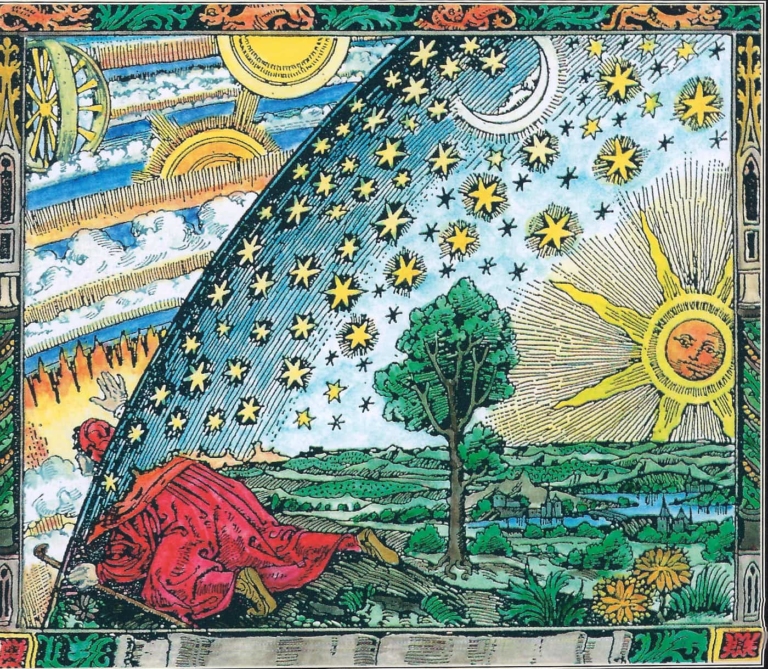
Mystical Experience as a Process
I am enough of a philosopher to always want to look at things from multiple angles. However, I understand those who want to live in the intense emotions awakened by primary characteristics, but I see the images based on them more as personal confessions. For those who crave a more rational explanation, I recommend exploring the secondary characteristics of experience. The following list can be considered somewhat reliable in terms of the process:
- Unpredictable (suddenly and unsought),
- Rare (does not happen to everyone),
- Random (not selective),
- Generic (similar for everyone),
- Unique (-> non-repetitive and extremely difficult to produce),
- Transiency (usually max few hours)
- Age-related (usually in early twenties).
These characteristics cannot be directly derived from the experience itself. Some become apparent indirectly over a more extended period or through comparing experiences with each other. It usually takes some time to confirm that the experience is unpredictable (1), random and not selective (3), unique (5), and age-related (7). Comparing experiences, on the other hand, reveals that the experience is rare (2) and generally the same for everyone (4). Transiency becomes evident without assistance, usually within a couple of hours or by the following day at the latest. An outsider cannot know that unless he is told.
Transiency may seem like the least interesting and least meaningful characteristic. It is often interpreted as something that makes an experience an experience, but not really anything else: one would probably not even call endless experiences “experiences”. Some scholars, like William James (1842-1910), consider transiency part of the experience, while others, such as W.T. Stace (1886-1967), do not pay particular attention to it. Transiency means short-term, and there is nothing particularly fancy about it. In fact, Stace’s list does not include any of the secondary characteristics mentioned. Stace’s list is as follows:
- The Unitary Consciousness; the One, the Void; pure consciousness
- Non-spatial, non-temporal
- Sense of objectivity or reality
- Blessedness, peace, etc.
- Feeling of the holy, sacred, or divine
- Paradoxicality
- Alleged by mystics to be ineffable
Despite its thoroughness, Stace’s philosophical analysis remains somewhat disconnected and conceptual explanation. It lacks the context of the phenomenon’s emergence. He only studies the content of the experience, not the process. My description is based precisely on the analysis of secondary qualities. My observation is that they work in many ways incorrectly and thus reveal the nature of the process. The flaws are noticeable if one only pays attention to them. I have noticed that the mystical experience works correctly regarding its primary qualities, but there is something wrong with the secondary qualities. So, it is possible to think about how the process should work and use that to infer something about the fundamental nature and function of the mystical experience. Without secondary qualities, they cannot be clarified. Most secondary qualities signify malfunction and distinguish the mystical experience from archaic psychic adaptation and psychedelic experience. The characteristics related to the appearance of the experience are unpredictability, rarity, randomness, non-repetitiveness, and transiency. A separate question is why, how, and when the process has started to fail. Although it sounds impossible to figure out, it is not entirely that [see more].

Indication of an enduring change
If the change caused by a mystical experience were permanent, then at least it could be studied. But how can one study something that happens randomly, very rarely, and unannounced, lasting only an hour or two, and whose content no one can clearly describe?! The experience contains all possible obstacles to research. The content of the experience does not even suggest why it is short-lived, rare, random, or unpredictable. On the contrary, it feels like it shouldn’t be. Both its appearance and disappearance are a great mystery. It would be just natural to think of it as a freak. Its disappearance would thus be a return to normal. And yet it still comes to haunt regularly year after year. We ignore its disappearance because its very appearance is way more strange. It seems, however, that there is no mistake in its appearance but in its disappearance.
As mentioned, transiency seems the least significant of these. However, if interpreted as a broken feature, it can become an essential factor. The fact that the experience does not repeat suggests that the experience should be permanent. Although it is difficult to find a reasonable explanation for a permanent mystical experience immediately, it still seems more reasonable than its unexplained transiency. It is easier to explain outright change than back-and-forth movement.
Rareness also appears as a mistake. Nothing suggests that there should be “grades” in the human ability to perceive reality, even though the idea of people with supernatural talents is common in all societies. Rather, in this case, the exception confirms the rule: people are the same everywhere. It does not always seem so because it is much more mundane than people want to believe. Randomness and rarity seem to suggest that both the experience and its disappearance have a genetic background.
A mystical experience is also defined as occurring at a particular time. “Age-related” is a characteristic that refers to the experience generally happening around the age of twenty. The characteristic establishes the timing of the experience when one separates from youth and moves into adulthood. That suggests it could be about growing up in adulthood, specifically psychologically. For most people, nothing indicates any upcoming change. Generally, a person does not experience anything that would suggest that. However, the fact that nothing happens may be the actual problem. One should experience something, and that should be a permanent psychic change. Everything that happens in the mystical experience is precisely what should happen to us all. Of course, nothing can be observed because nothing happens, and no one talks about it. Most young people, however, sense that something should be happening, but generally, everything remains the same until death.
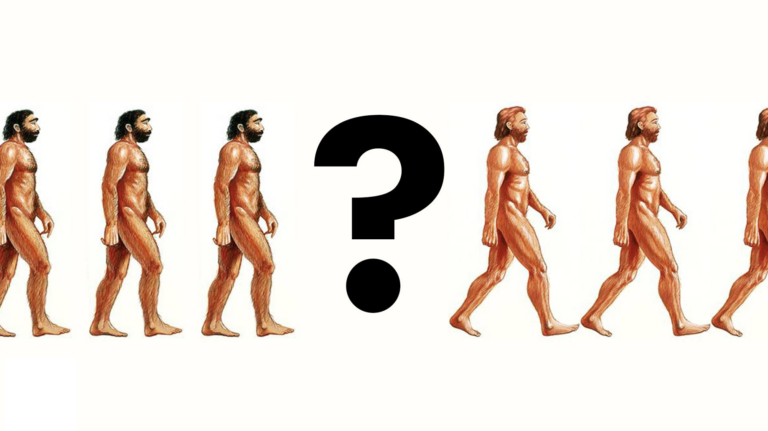
Mystical experience as an interpretation of human evolution
Mystical experience refers to the idea that how we grow before adulthood is not meant permanent. Our idea of mental maturity is rather an adolescence than adulthood. The mystical experience points to a psychic shift, which has only weakened and becomes brief and rare. It looks like a relic of archaic psychic adaptation. The fact that the mystical experience does not recur supports the idea that it should be a permanent and lasting change. Although the mystical experience is demographically abnormal, it still might have a rational function.
Randomness means genetics
I have noticed that explaining a mystical experience to someone unfamiliar is like describing colours to a colour-blind person. From this observation, I initially thought of a genetic error as the cause of the transience. That was a pure guess, but guesses can be used as hypotheses for theories. Randomness and rarity indicate that the experience and its disappearance have a genetic background. Some people probably have genes with a bit of an old psychic change. However, the rarity does not necessarily mean that. Randomness means that the experience can emerge at any time of the day. If that happens while sleeping, it may appear as a strange dream or go completely unnoticed. In any case, it leaves no traces.
We can assume that the experience has appeared relatively consistently throughout the history of modern humans; at least a third of them have likely gone unnoticed. Since there is no genetic research on the phenomenon, I have taken the liberty of comparing the occurrence rate of mystical experience to that of another genetic error, colour blindness, which varies by gender. Red-green colour blindness affects up to 1 in 12 males (8%) and 1 in 200 females (0.5%), but the corresponding figures for mystical experiences are likely much more minor. Randomness eliminates a significant portion of them and further eliminates their exceptionalism. Unpredictability is not a fault in itself, but its problem is that it does not fit into our everyday, scheduled cultures and lives.
Lack of correlation with intelligence
There are weak indications that personal life and some character traits can affect the emergence of the experience. The active use of senses and instincts furthers it, while excessive rationality and theoretical dedication can weaken it. These are usually personal tendencies rather than conscious choices. Intelligence, however, does not seem to promote the emergence of the experience. Instead, the lack of intellectual quality will likely do that. Theoretical education and learning reinforce the importance of memory and thus weaken spontaneous observations and the use of senses. These can further undermine the emergence. People who use their ears and eyes more than their mouths are likelier to witness a mystical experience.
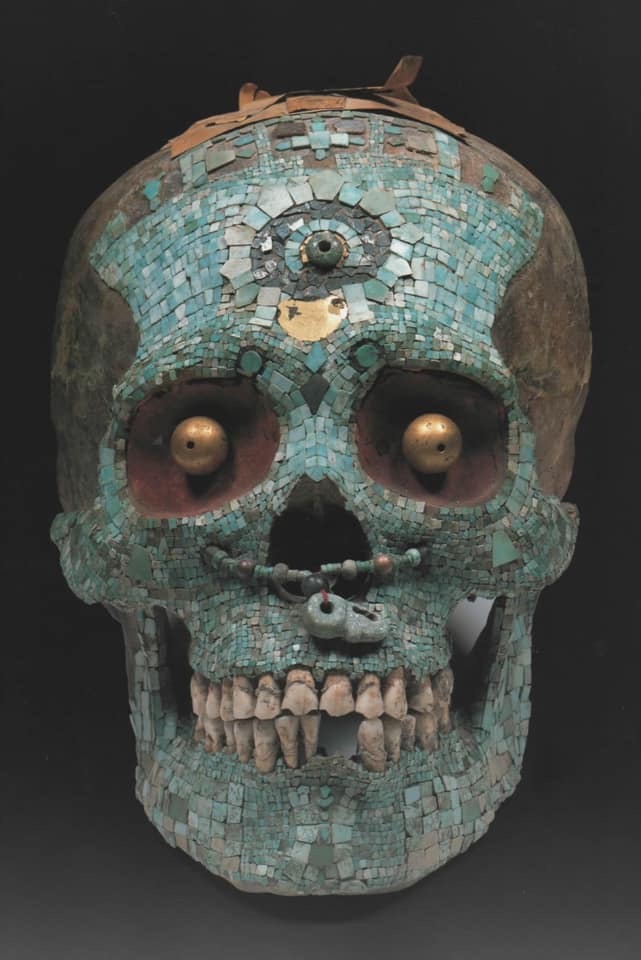
The failure of the process to shut down other mental processes
So the mystical experience is not meant to confuse, although that is precisely what happens. Its aim is much deeper than the immediate experience suggests. It is a process extinguisher and a change intended to be permanent. It takes control of a person’s psychic life after confusing adolescence. Its duty is to shut down processes that have completed their tasks and are therefore unnecessary. But with humans, those processes don’t agree to turn off. Presumably, they have grown too strong. And the reason for that can be found in extended human childhood. Over the years, a person’s external features have become more and more youthful; that is, they have distanced themselves from adult features. The same has happened to the human psyche as well.
The purpose of the mystical experience is not to confuse, although that often happens. It is much further and more profound than that. It takes control of one’s psyche after a confusing adolescence by extinguishing processes that have done their job and thus become unnecessary. However, in the case of modern humans, these processes refuse to kill themselves, which makes them only transient “experiences”. This is presumably because human childhood has grown too intense and extended. It reflects in our appearance even.
The protective purpose behind the secrecy
The mystical experience remains well hidden before adulthood. The secrecy aims to protect the young individual, as premature adaptation puts the adolescent at risk. The experience looks incomprehensible and out of place for a reason: the young must stay away from adulthood. They must not accept nature, which is wild and too dangerous for them. Their consciousness exists primarily to secure their existence. They are heavily guided through emotional control, manipulation of sensory data and restrictions of perceptions.
However, civilisation and urban culture have distanced adults from the change. The psychic shift doesn’t fit our world, even though it is a genuine bond between humans and nature. When these constraints, on which the young individual has built their entire worldview well-suited for community life and city culture, are removed, the result is a shock and astonishment. After having a mystical experience, one can end up hanging between nature and society without knowing where to belong. This is why understanding mystical experiences has always been much easier among indigenous peoples who live in connection with nature. The shock of these two completely different worlds is also the background of mysticism and religion.
The hidden “animal nature”
The characteristics that emerge in mystical experiences point to adaptation and the lost human “animal nature”. The transformation from human to animal nature denotes a psychological adaptation that has been the final stage of mental growth for millions of years for all human species. In this process, a growing individual abandoned mental protection and became part of nature (animal) in one fell swoop. Generally, growth-related changes occur gradually and imperceptibly, but this experience represents an uncomplicated, drastic, and permanent change. Everything has been prepared for this final state. The caterpillar hatches from its cocoon and becomes a butterfly. But if we unexpectedly become a real butterfly for one little moment, we still return to our cocoon and stay firmly there. It still reveals where we once came from and how we evolved in the homo lineage into modern humans.
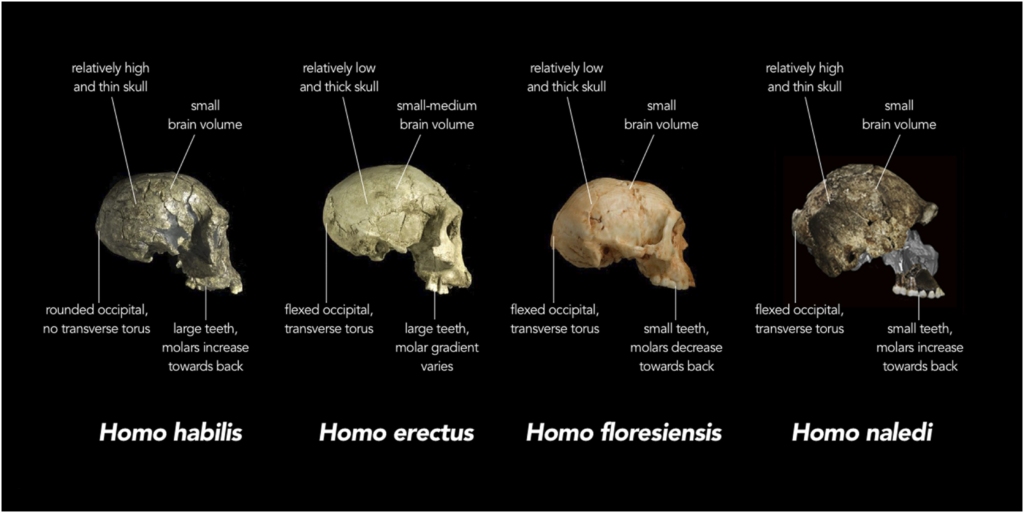
The suggestion that psychological maladaptation contributed to the evolution of the human species
Mystical experience is a part of our evolution. It is the relic of the lost relationship with nature called adaptation. It started to fail and disappear during the early humans and wholly disappeared with modern humans. Yet, the brief and unexpected experience gives us a glimpse of what we have lost during our curious evolution. The mystical experience is a remnant of archaic adaptation. But unlike the tailbone, which has degenerated since our predecessors, the absence of psychic transformation causes mental malaise.
As consciousness is only a means of growth, it does not fully grasp reality as it is. Reality is not the task of consciousness. In fact, its job is to manipulate and distort reality so much that it makes the individual act in the desired way. This is seen in how experience precisely normalises cognitive and volitional functions and moral judgment by returning them to their zero values from their childhood peak. Our attention shifts from abstract sets and concepts to details: instead of imagining and thinking, we cannot stop “listening” to our senses. Learning ceases because it has done its job as a temporary protection mechanism. All of this is revealed through the very brief mystical experience.
The human mind’s and consciousness’s functioning can also be seen in a broader context. It may also tell us how this loss occurred. Mystical experiences can be seen as a significant shaper of all human-like species starting from homo habilis. It is possible that the maladaptation was the original cause of the divergence of separate homo species. In other words, it might be the ultimate reason for the emergence of the entire genus homo. As mentioned here, both migrations out of Africa (OOA-I and OOA-II) were also caused by maladaptation. These migrations show how the fundamental nature of modern humans was inherited from earlier humans.
The need for us to be open to change
We resist change, including changes within ourselves. Our civilised goals for growth are defined in childhood and do not change in later life. This is why the idea of a mystical experience as a change agent is utterly strange. The fact is, we do not want to belong to nature, neither outwardly nor inwardly. Unfortunately, we see our civilised, distorted way of life as a sign of a good and healthy life. As perplexing as it may be for civilised and educated people, acknowledging a mystical experience is essential in understanding humanity and finding a more sustainable and healthier way of life.
We can’t change our genes, but we can at least try to understand the causes of our problems.




